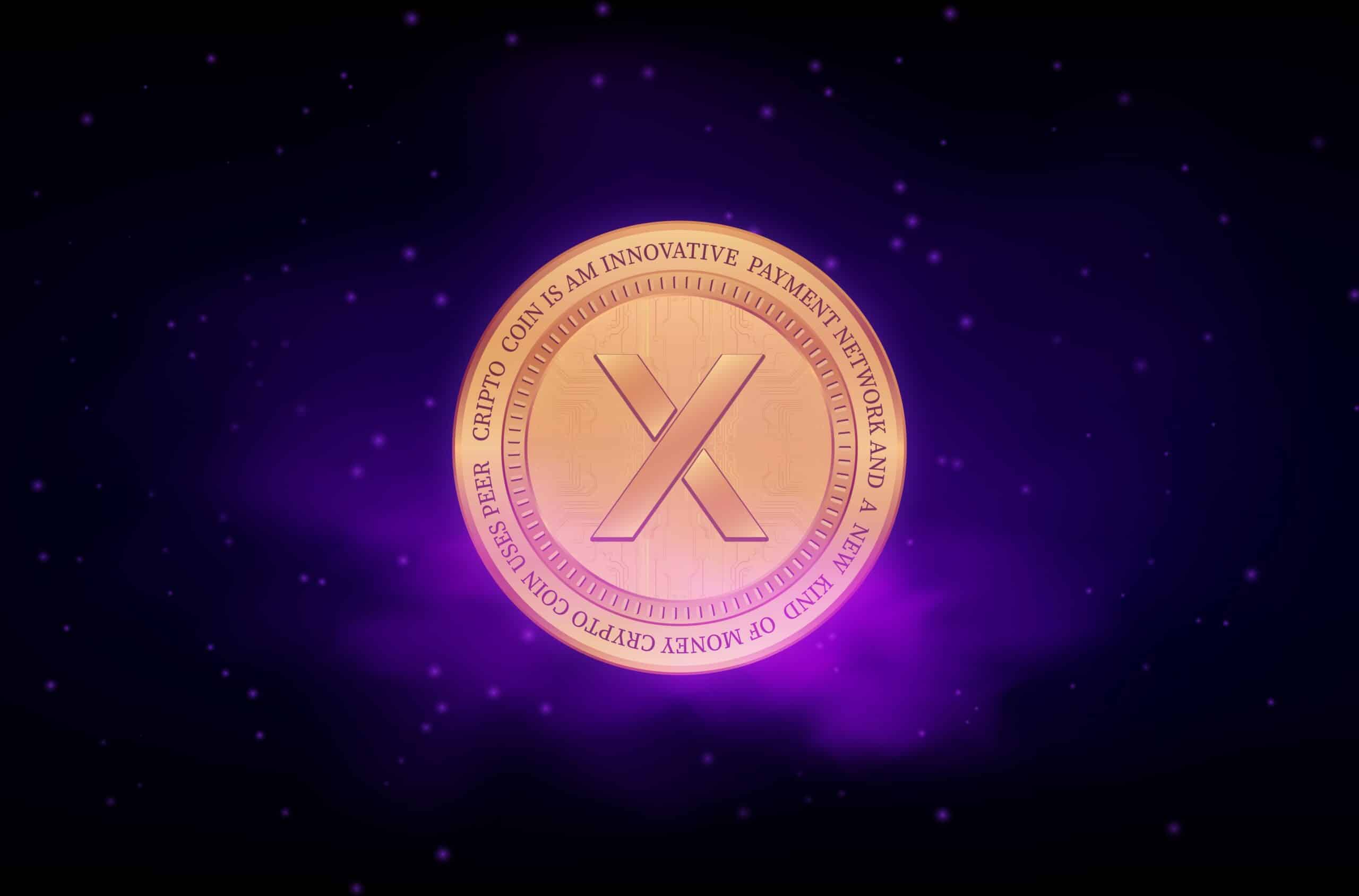
The dYdX chain has resumed block production after a major outage that lasted nine hours and 32 minutes.

The dYdX chain halted for over nine hours on Monday.
Shutterstock
Posted April 9, 2024 at 3:43 am EST.
dYdX, the decentralized exchange (DEX) that facilitates trading of perpetual futures contracts, suffered a major outage on Monday after the chain initiated an upgrade to v4.0 of the protocol.
The network was down for nine hours and 32 minutes, according to the dYdX status page, after which it resumed block production following the developers deploying a fix to the issue.
🚨 #3 Update on dYdX Chain Software Upgrade v4.0.0
⛓️ The dYdX Chain is now back up and producing blocks with the v4.0.2 fix for the recent software bug.
A critical update was needed due to a bug in the v4.0.0 binary, now resolved with v4.0.2 and a post-upgrade snapshot.
For… https://t.co/wfwxfQif8L
— dYdX Ops subDAO (@dydx_ops_subdao) April 8, 2024
The developer team said it had made a critical update to the network after a bug was discovered in the v4.0 code base.
The community voted almost unanimously to approve the v4.0 upgrade, which introduced protocol improvements, new features and the ability for community proposals to slash validators for misconduct.
“This would enable the MEV [Maximal Extractable Value] Slashing Committee to create a governance proposal to slash validators engaged in malicious MEV,” stated the proposal.
Read more: What Is MEV in Crypto?
Dimitar Petkov, the DeFi technical project lead in dYdX’s Operations subDAO, told Blockworks that the chain halt was caused by a corruption in the network’s state during the upgrade because the wrong version of a bug fix in Cosmos’ IAVL library was included in the software release.
It is worth noting that the dYdX DEX remained functional through the chain halt, but some users encountered issues while making transfers.
dYdX’s native token also remained surprisingly resilient to news of the outage, gaining 3.44% in the last 24 hours.
Last year, dYdX announced that they would be building v4 of its protocol as a standalone Cosmos chain. The network entered its beta mainnet in November, and in January, began to offer liquid staking to token holders.







